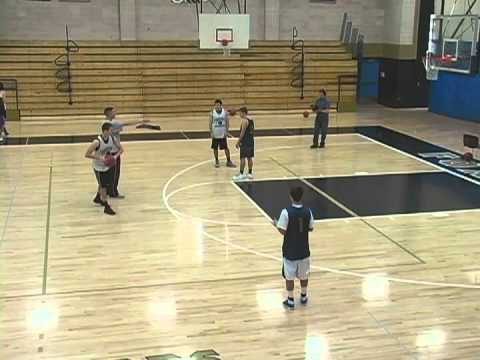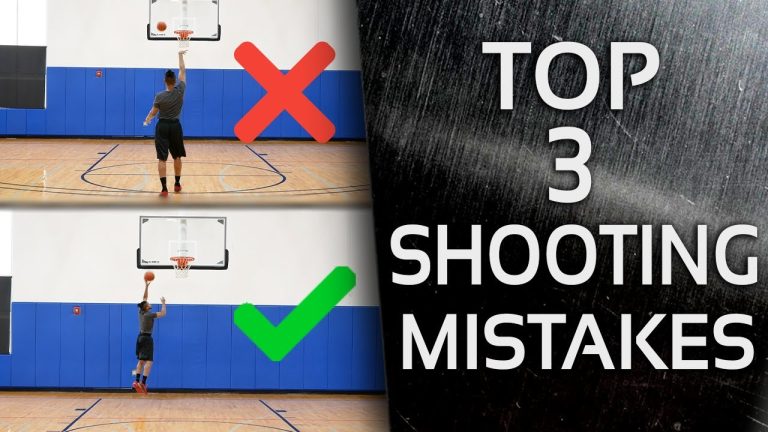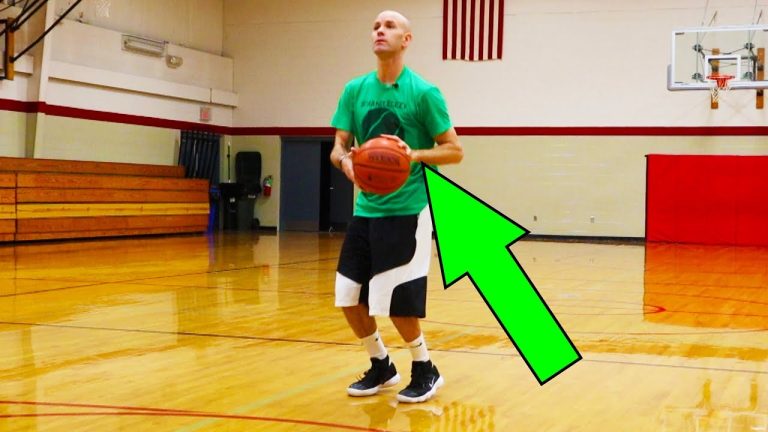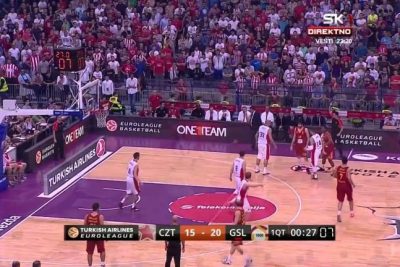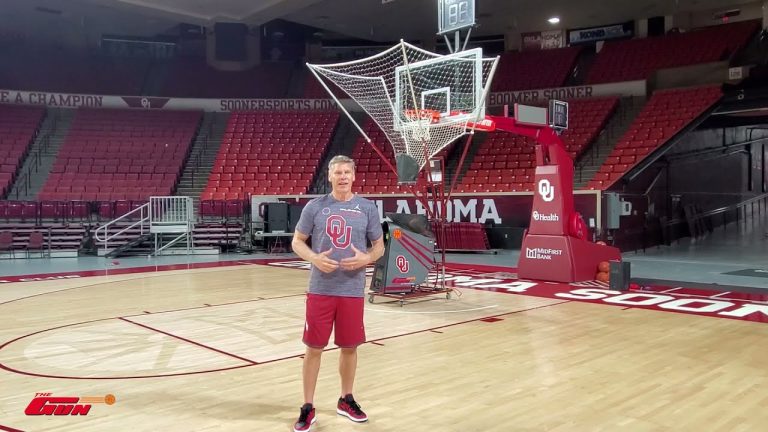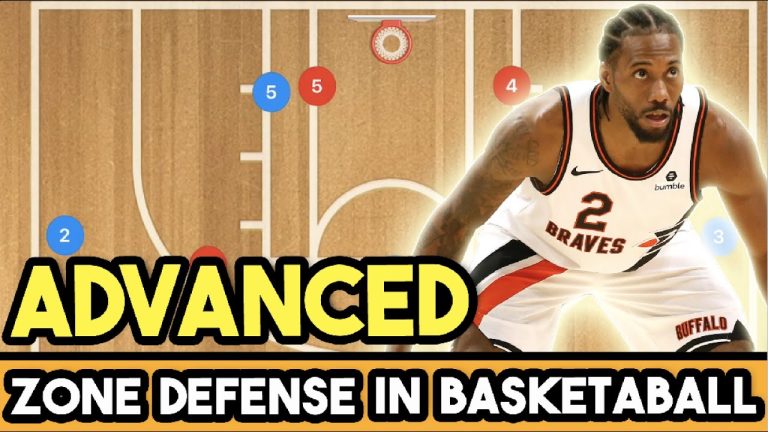In the realm of sports, where offensive strategies often take center stage, there is a rising trend that is disrupting the flow like never before – denial defense. This innovative approach, which challenges the status quo, has proven to be a game-changer, catching opponents off guard and turning the tables in favor of the defenders. By meticulously analyzing offensive patterns and anticipating the next move, denial defense has become an art form that not only disrupts but also captivates spectators. In this article, we delve into the intricacies of this groundbreaking technique and explore its impact on the world of sports.
Advantages
- Advantage 1: Inhibits Offensive Strategy
- One advantage of disrupting offensive flow with denial defense is that it inhibits the opponent’s offensive strategy. By implementing denial defense tactics, such as denying passing lanes, pressuring the ball handler, or denying entry passes into the key areas, the defending team can prevent their opponents from executing their planned offensive plays smoothly. This disruption forces the offensive team to adjust their strategy on the fly, leading to confusion, turnovers, and ultimately reducing their scoring opportunities.
- Advantage 2: Creates Defensive Pressure
- Another advantage of disrupting offensive flow with denial defense is that it creates intense defensive pressure. Denial defense involves constant pressure on the ball handler, denying easy passing options, and aggressively contesting shots. This defensive pressure can rattle the opposing team, forcing them into making hasty decisions, committing turnovers, or taking low-percentage shots. By consistently disrupting the offensive flow, denial defense puts the opposing team under immense pressure, making it difficult for them to find open scoring opportunities and decreasing their overall offensive efficiency.
Disadvantages
- Decreased offensive momentum: When a team focuses on disrupting their opponent’s offensive flow with denial defense, it can sometimes come at the cost of their own offensive momentum. By spending more energy and resources on defense, the team may struggle to find their own rhythm on offense, leading to decreased scoring opportunities and lower overall performance.
- Increased foul trouble: Denial defense often involves aggressive and physical play to disrupt the opponent’s offensive flow. This can result in players accumulating fouls more quickly, leading to potential disqualifications or limited playing time. This disadvantage can significantly impact a team’s defensive effectiveness as key players may be forced to sit out due to foul trouble, leaving the team vulnerable to their opponent’s offensive attacks.
- Fatigue and decreased stamina: Implementing a disruptive denial defense requires a high level of energy and effort from the players. Constantly fighting for position, pressuring the ball, and denying passing lanes can be physically demanding and lead to fatigue over the course of a game. As players tire, their defensive effectiveness may decrease, allowing the opponent to exploit gaps and regain their offensive flow. Additionally, fatigue can also impact a team’s offensive performance, as tired players may struggle to execute plays and make accurate shots.
What does the term man-to-man denial defense mean?
A man-to-man denial defense is a defensive strategy in basketball where the defender actively prevents their assigned offensive player from receiving the ball. This technique involves clogging the passing lane and applying pressure to deny the player any opportunities to receive a pass. By effectively denying the offensive player the ball, the defense aims to disrupt the opponent’s offensive flow and limit their scoring options.
In a man-to-man denial defense, the defender focuses on their assigned offensive player who is one pass away from the ball. The primary objective is to stay in denial, meaning the defender must position themselves strategically to obstruct the passing lanes and make it difficult for the offensive player to receive the ball. By employing this aggressive defensive approach, the defense aims to disrupt the opponent’s offensive plays, force turnovers, and ultimately gain a competitive advantage on the court.
What distinguishes offense from defense?
In the world of sports, offense and defense play crucial roles in determining the outcome of a game. Offense is the relentless pursuit of scoring, where a team strategizes and executes various tactics to outwit the opposing team’s defense. It is a display of creativity, agility, and teamwork, as players aim to break through the opponent’s lines and secure points for their team. On the other hand, defense is the art of safeguarding one’s territory, employing a range of techniques to hinder the opposing team’s progress. It requires discipline, coordination, and a deep understanding of the opposing team’s strategies, as defenders strive to block shots, steal the ball, and minimize the opponent’s scoring opportunities. While offense and defense are distinct in their objectives, they are interconnected, as a strong defense can create opportunities for an effective offense, and vice versa.
What is the best way to use a backdoor cut against an aggressive defender?
A backdoor cut is an effective strategy to use against an aggressive defender. By quickly changing direction and cutting towards the basket when the defender is overly focused on denying the ball, the offensive player can catch the defender off guard and create a clear path to score. This clever move not only exploits the defender’s aggression but also showcases the offensive player’s agility and basketball IQ. The backdoor cut is a visually captivating maneuver that can disrupt the opponent’s defensive strategy and leave them scrambling to recover.
Unleashing the Power of Denial: Defending Against Offensive Strategies
In the ever-evolving world of cybersecurity, denial is not always a weakness; it can be a powerful defense. By strategically denying access to attackers, organizations can effectively neutralize offensive strategies. This proactive approach disrupts the adversaries’ plans, forcing them to redirect their efforts, giving defenders the upper hand. Unleashing the power of denial means implementing robust access controls, rigorous authentication protocols, and continuous monitoring to detect and mitigate any unauthorized activities. It is time for organizations to embrace denial as a formidable weapon in the fight against cyber threats.
However, defending against offensive strategies requires more than just denial. It demands a comprehensive understanding of the enemy’s tactics and the ability to counter them preemptively. This entails proactive threat intelligence gathering, constant vulnerability assessments, and regular penetration testing. By staying one step ahead and anticipating attackers’ moves, organizations can effectively neutralize their offensive strategies. This proactive defense approach not only safeguards critical assets but also sends a strong message to adversaries that their efforts will be met with impenetrable barriers. In the battle for cybersecurity, unleashing the power of denial while simultaneously countering offensive strategies is the key to victory.
Breaking the Flow: Mastering Denial Defense for Winning Outcomes
Breaking the Flow: Mastering Denial Defense for Winning Outcomes
In the world of competitive sports, mastering the art of denial defense is the key to achieving winning outcomes. With razor-sharp focus and unwavering determination, athletes learn to break the flow of their opponents’ attacks, leaving them stunned and helpless. It is through rigorous training and strategic thinking that these athletes are able to anticipate every move, block every strike, and ultimately emerge victorious. Just as in sports, mastering denial defense in life is equally crucial. By honing our ability to deflect negativity and overcome obstacles, we can break the flow of adversity and pave our own path towards success.
In the relentless pursuit of our goals, denial defense becomes an indispensable skill. By developing a resilient mindset and unwavering self-belief, we can shield ourselves from the onslaught of doubt and criticism. Just as a skilled athlete anticipates every move, we must proactively identify potential setbacks and prepare ourselves to overcome them. With each successful block, our confidence grows, fueling our determination to keep pushing forward. By mastering denial defense, we not only ensure winning outcomes in sports but also in life, where the ability to break the flow of negativity can lead us to achieve greatness.
Optimizing Results: How Denial Defense Disrupts Offensive Plays
In the fast-paced world of sports, optimizing results is a crucial goal for any team. The key to achieving this lies in disrupting offensive plays through a strong denial defense. By cutting off the opponent’s options and forcing turnovers, teams can gain an edge and create more scoring opportunities. With a strategic approach and cohesive teamwork, denial defense becomes a powerful weapon that can turn the tide of any game.
To successfully disrupt offensive plays, teams need to adopt a proactive mindset. Rather than simply reacting to the opponent’s moves, a denial defense focuses on anticipation and quick decision-making. By studying the opponent’s patterns and tendencies, players can position themselves strategically and cut off passing lanes. This forces the opposing team to make rushed and risky plays, increasing the likelihood of turnovers and missed opportunities.
Cohesion and communication are essential components of an effective denial defense. Each player must understand their role within the defensive system and communicate effectively with their teammates. This allows for seamless switches, rotations, and help defense, making it difficult for the opposing team to find openings. By working together cohesively, a denial defense creates a suffocating atmosphere that frustrates the opponent and disrupts their offensive rhythm.
In conclusion, optimizing results in sports requires a strong denial defense that disrupts offensive plays. By employing a proactive mindset, studying the opponent, and communicating effectively, teams can create a cohesive unit that shuts down the opponent’s options. This not only leads to turnovers but also creates more scoring opportunities for the team. With the right strategy and teamwork, a denial defense becomes a powerful tool in achieving success on the field or court.
Defending with Precision: Disrupting Offensive Flow for Success
Defending with Precision: Disrupting Offensive Flow for Success
In the world of sports, defense plays a crucial role in determining the success of a team. The ability to disrupt the offensive flow of the opponent is a skill that requires precision and strategy. With a strong defensive game plan, teams can effectively neutralize the opponent’s attack, leading to success on the field or court.
One key aspect of defending with precision is understanding the opponent’s offensive strategies and tendencies. By studying their past games and analyzing their patterns, a team can anticipate their moves and disrupt their flow. This requires meticulous planning and attention to detail, but the payoff can be immense. By disrupting the offensive flow, teams can gain control of the game and create scoring opportunities for themselves.
To defend with precision, it is crucial to have a cohesive defensive unit that communicates effectively. Each player must understand their role and be able to execute their defensive responsibilities with precision. By working together, the team can disrupt the opponent’s offensive flow and shut down their scoring chances. Additionally, communication allows for quick adjustments and adaptations during the game, ensuring that the defense remains effective throughout.
In conclusion, defending with precision is a vital component of any successful team’s strategy. By disrupting the opponent’s offensive flow, teams can gain control of the game and create opportunities for themselves. This requires meticulous planning, understanding of the opponent, and a cohesive defensive unit. With these elements in place, teams can defend with precision and pave the way for success.
In a game that thrives on offensive strategies and high-scoring plays, the art of disrupting the flow with a denial defense has become a game-changer. By strategically neutralizing the opposition’s offensive prowess, teams can create a defensive stronghold that not only puts them in control but also leaves their opponents scrambling for answers. In this ever-evolving sport, the disruptive power of denial defense has emerged as a formidable weapon, reshaping the landscape and challenging conventional offensive approaches. As teams continue to refine their defensive tactics, the balance of power on the court is poised to shift, revolutionizing the very essence of the game itself.

